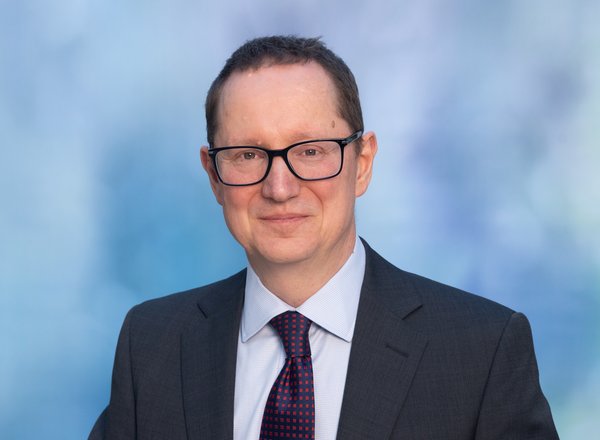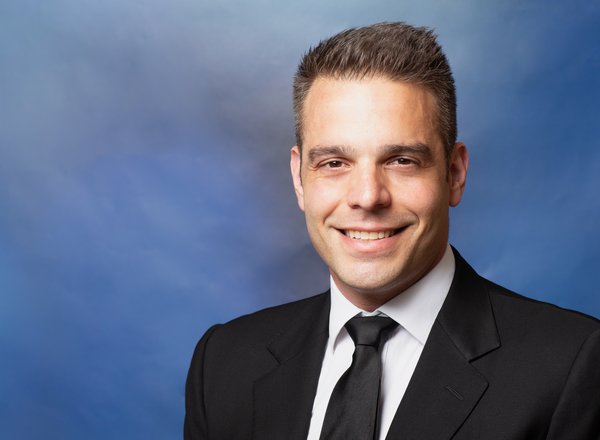The High Court (Rawlings HHJ) has handed down judgment in a directions application brought by the Administrators of Lendy Ltd, a high-profile ‘peer-to-peer’ lending platform that collapsed in 2019. The Court decided each contested issue in favour of the largest group of investors, which was mainly made up of pensioners who faced losing all or most of their life savings. The Judge directed that, among other things, the investors were entitled to default interest of about £20 million payable on various loans, and priority in any distributions made under the security arrangements in place.
Before entering administration, Lendy Ltd (Lendy) operated a peer-to-peer lending platform through a website. In essence, the website enabled investors to provide funding for the purpose of making loans to third party borrowers. The loans were advanced to the borrowers at high interest rates, significantly exceeding the interest rates on bank deposits. The loans were normally secured over real property in the UK.
Whilst it traded, Lendy operated two different business models:
- Under the first model (Model 1), the relevant investors (Model 1 Investors) made a loan to Lendy (as principal), and then Lendy (as principal) made a ‘back-to-back’ loan to the relevant borrower (Model 1 Loan). Lendy took security for the Model 1 Loan in its own name.
- Under the second model (Model 2), the relevant investors (Model 2 Investors) made loans directly to the relevant borrower (Model 2 Loans), though Lendy acted as the investors’ agent in relation to the transaction. The Model 2 Loans were secured by a debenture which the borrower granted to another entity—Saving Stream Security Holdings Limited (SSSHL)—who acted as trustee for several beneficiaries, including the Model 2 Investors and Lendy (Model 2 Debenture).
In 2019, and after the Financial Conduct Authority intervened, Lendy dramatically collapsed. Both it and SSSHL were then placed into administration.
In this application, the Administrators of Lendy and SSSHL (Administrators) sought directions on 10 issues affecting both Model 1 and Model 2 Investors’ rights. The answers to those issues would critically decide how much each group would recover in the two companies’ administrations. As regards each issue, the Model 1 Investors and Model 2 Investors took divergent positions. As a result, the Administrators argued each issue on behalf of the Model 1 Investors, and Ms Lisa Taylor—the appointed representative for the Model 2 Investors—argued each issue on behalf the latter investor group, largely made up of pensioners who faced losing all or most of their life savings.
The Court decided each contested issue in the Model 2 Investors’ favour. Rawlings HHJ’s directions and findings included the following:
- Properly interpreted, the Model 1 structure involved a ‘limited recourse’ arrangement, whereby Lendy’s contractual liability to Model 1 Investors was limited to the amount that it recovered in respect of the relevant Model 1 Loan, rather than the entire amount that the investors had loaned to Lendy (Judgment ¶¶81, 84-86, 101-102). Further, if the Model 1 Investors lodged a proof of debt in Lendy’s administration, their contractual claim was to be valued at the amount Lendy recovered, and not the entire amount that they had loaned to Lendy (Judgment ¶¶100-102). This meant that Lendy’s general estate was larger than it otherwise would have been, thereby increasing the amount that Model 2 Investors would ultimately recover in Lendy’s administration.
- On their true construction, the Model 2 Loans required a borrower to pay the full amount of any default interest—totalling about £20 million—to the relevant Model 2 Investors, who were legally entitled to receive that interest (Judgment ¶¶128-129, 137, 143).
- To the extent that, before it entered administration, Lendy used any default interest paid under a Model 2 Loan for its own purposes rather than accounting to the relevant Model 2 Investors for it, Lendy breached its fiduciary duties to those investors (Judgment ¶¶151-152). Also, as Lendy’s breaches did not benefit the Model 2 Investors in any way, it was not entitled to an equitable allowance (Judgment ¶154).
- The Model 2 Investors had an equitable proprietary interest in any default interest that Lendy received in respect of a Model 2 Loan in which they participated, or any traceable proceeds of that default interest (Judgment ¶220). It followed that the Model 2 Investors would receive these monies in full, rather than having to share these monies with Lendy’s other creditors.
- A clause in the Model 2 Debenture gave SSSHL a discretion to decide the order and the way in which it would discharge the “Secured Liabilities” owing to the Model 2 Investors and to Lendy. SSSHL had surrendered its discretion to the Court (Judgment ¶233(a)). The Judge exercised that discretion by holding that the proceeds of any security realised in respect of a Model 2 Loan had to be applied to discharge the Secured Liabilities owing to the relevant Model 2 Investors in priority to those owing to Lendy (Judgment ¶245). A major reason for the Court taking that decision was Lendy’s previous wrongful conduct, which displayed a lack of commercial probity.
The decision is available here.
Andreas Gledhill QC and Carmine Conte represented the wholly successful Model 2 Investors.















